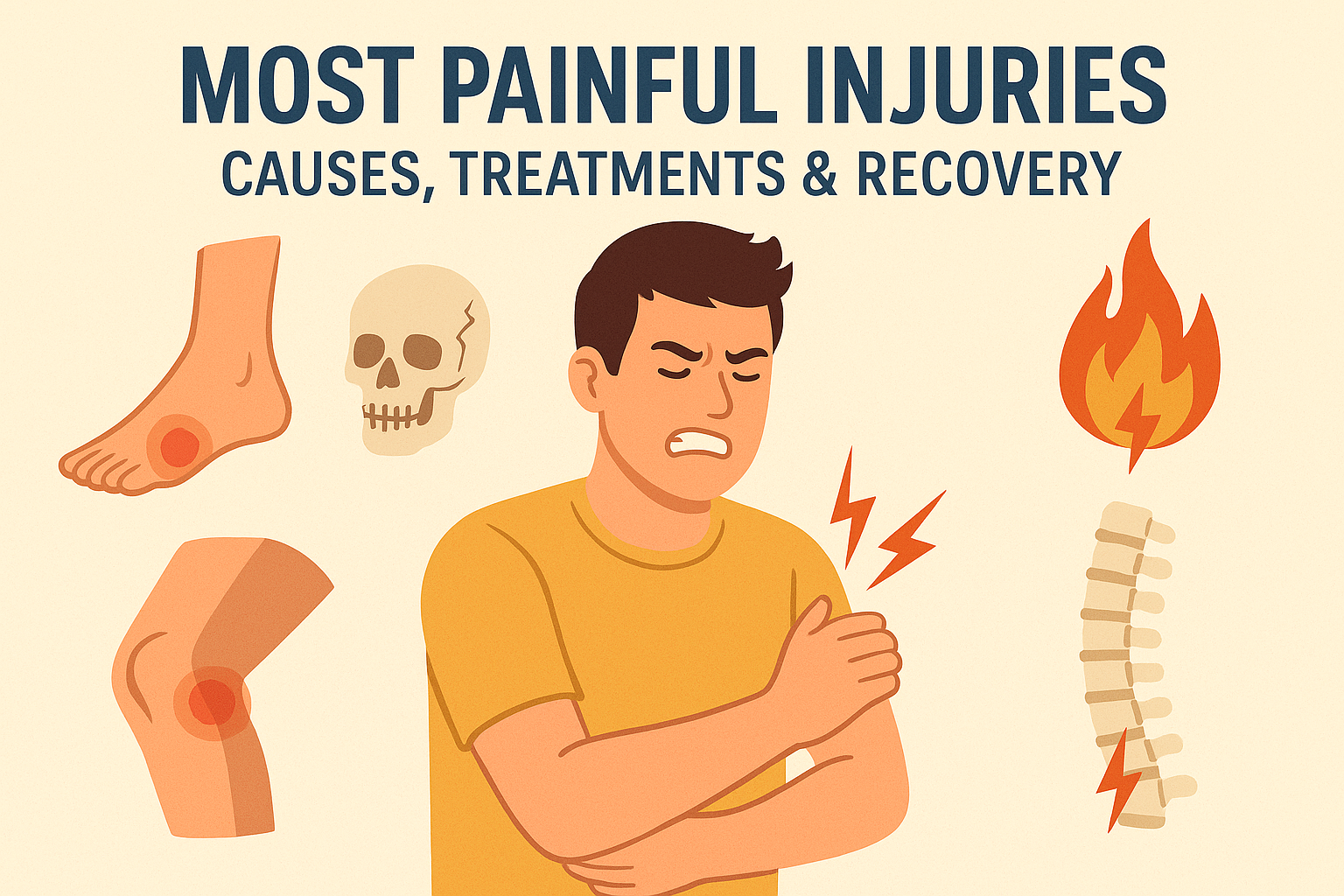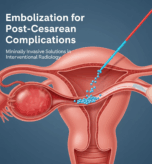Most Painful Injuries: Causes, Effects, and Modern Care
Introduction:
Everyone has experienced pain at some point—whether it’s a stubbed toe, a headache, or a sprained ankle. But some conditions go far beyond temporary discomfort. Painful injuries can disrupt daily life, limit mobility, and even impact mental health. From fractures to nerve damage, understanding what makes certain injuries so unbearable can help people recognize the signs early and seek proper treatment.
In this article, we explore the science behind severe pain, highlight the most painful injuries, and discuss modern solutions that make recovery easier.

Why Do Some Painful Injuries Hurt More Than Others?
Pain is the body’s natural alarm system. When something goes wrong, nerves send signals to the brain to warn us. But not all injuries feel the same. Several factors affect pain intensity:
- Location of Injury: Areas like fingers, toes, and face are packed with nerve endings, so even small wounds feel sharp.
- Type of Tissue Involved: Damage to bone or nerves often triggers deeper and longer-lasting pain than surface cuts.
- Healing Time: Longer recovery periods, such as after fractures or ligament tears, usually mean prolonged discomfort.
- Individual Differences: Some people have a higher pain tolerance, while others may feel pain more intensely due to genetics, stress, or medical conditions.
According to Wikipedia, pain is not only a physical sensation but also an emotional experience, making it a complex phenomenon.
The Most Painful Injuries and Conditions
Medical research and patient reports have identified some of the most excruciating conditions humans can face:
- Kidney Stones – Often described as worse than childbirth, kidney stone pain comes from sharp crystals moving through the urinary tract.
- Burns – Second- and third-degree burns can damage nerves and tissues, creating pain that lingers even after healing.
- Fractures – A broken bone, especially in weight-bearing areas like the hip or spine, can cause severe, throbbing pain.
- Shingles (Herpes Zoster) – A viral condition that causes burning, stabbing nerve pain along with rashes.
- Cluster Headaches – Sometimes called “suicide headaches,” these are among the most painful conditions known.
- Tooth Abscess – Infections in the root of a tooth lead to constant, throbbing pain that can spread to the jaw and ear.
- Sciatica – Pressure on the sciatic nerve can trigger sharp pain that radiates from the lower back down to the legs.
Each of these injuries or conditions demonstrates how pain can vary in form—stabbing, burning, throbbing, or radiating.
Managing Pain: Treatment Options
Fortunately, advances in medical care mean that even the most painful injuries can now be managed more effectively than ever before. Common approaches include:
- Medications – Painkillers, anti-inflammatory drugs, and nerve-calming medicines help control acute and chronic pain.
- Minimally Invasive Procedures – Interventional radiology offers targeted treatments that reduce trauma compared to traditional surgery.
- Rehabilitation & Physiotherapy – Movement therapy strengthens muscles and joints, speeding up recovery.
- Lifestyle Adjustments – Healthy diet, weight control, stress management, and good sleep habits all support healing.
- Advanced Care Options – In some cases, specialized treatments such as embolization or nerve blocks may be recommended.
For patients dealing with constant or recurring pain, expert consultation is essential. At Dr. Vrishit Saraswat, personalized care plans combine medical expertise with modern technology to ease suffering from painful injures and restore quality of life.
Living with Pain: Awareness and Prevention
Many people ignore pain, hoping it will go away. However, ignoring serious pain can delay diagnosis of critical conditions like spinal injuries, vascular blockages, or chronic inflammation. Early medical evaluation ensures better outcomes.
Preventive steps also play a big role:
- Protect yourself with safety gear during sports and physical work.
- Maintain good posture to prevent back and neck strain.
- Stay hydrated and eat balanced meals to reduce risks like kidney stones.
- Go for regular health check-ups to catch issues before they worsen.
Awareness, combined with access to modern treatments, can drastically reduce the impact of painful injuries.
Conclusion
While pain is part of life, living with constant suffering doesn’t have to be. Understanding what makes certain injuries more painful and exploring modern treatment options empowers people to make informed choices about their health.
If you or a loved one is struggling with painful conditions, expert help is available.






